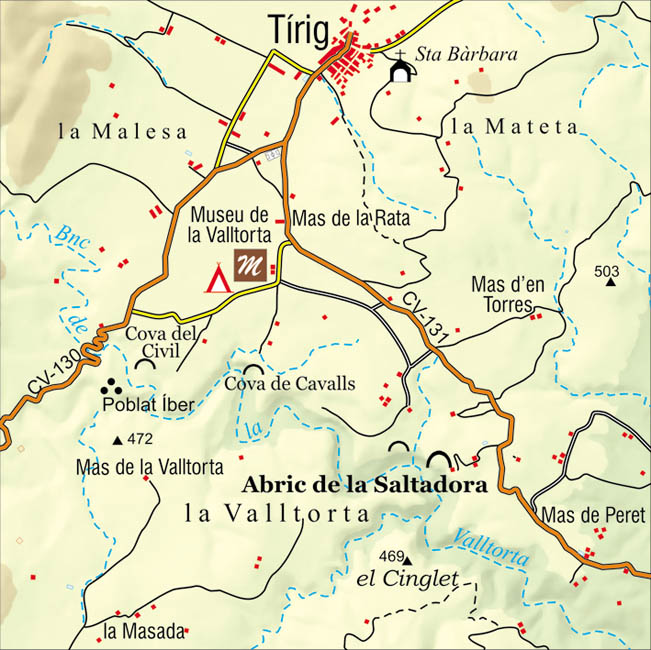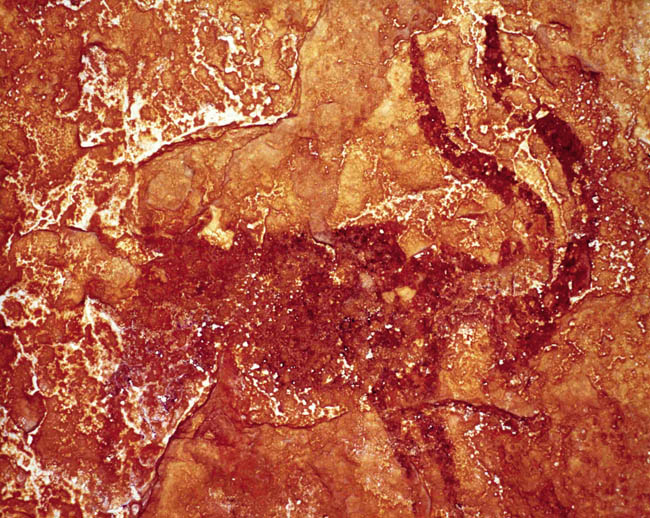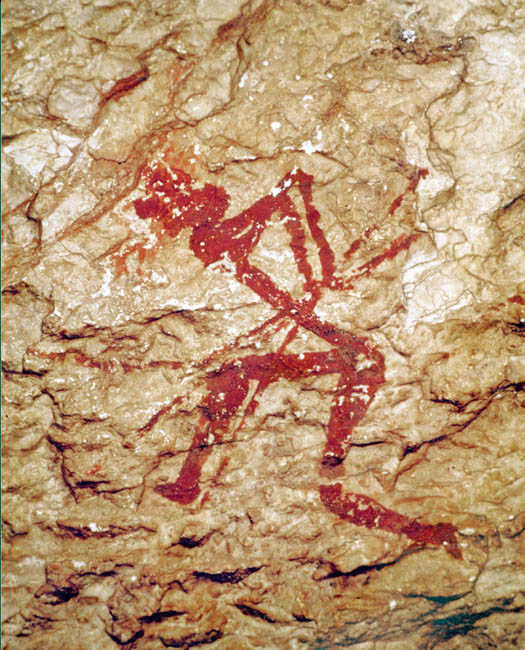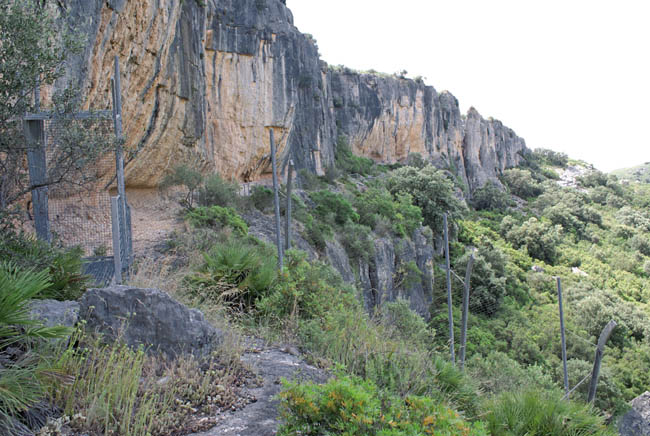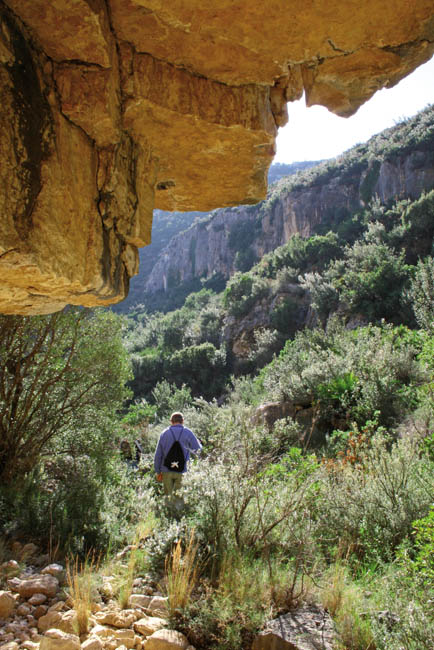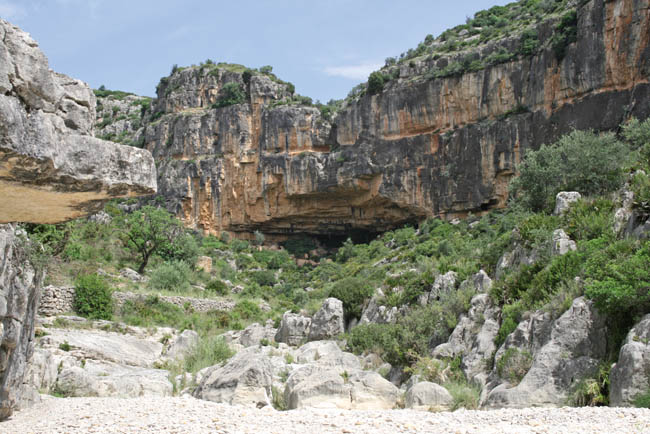This is a remarkable, difficult to access complex, whose name comes from the torrential rains that "jump" into the ravine from the top of the wall. At the base we find 26 cavities with a set of paintings of very varied themes and more than 300 figures. Very realistic goats in hunting scenes, archers running with their legs open, wounded animals, goats that leave a trace of their tracks, deer that jump on archers about to shoot, a character in which you can clearly see his mane, beard and nose. This is a display of the excellence and quality of the paintings of La Valltorta, as well as the variety of styles and techniques. The adaptation of the paintings to the rock can be clearly seen with a group of 3 goats that run upwards taking advantage of a protrusion of the wall. The scenes of characters wounded by arrows, as well as the scenes of ceremonies, are unique. The pigments used range from red to black and chestnut. The sizes also vary from small human figures to 4 large deer painted with the flat ink and striping technique. Discovered in 1917.
A few of them are remains of the ancient Muslim fortress that later belonged to the Calatravos and the Order of Montesa. The town also had walls of which the ‘El Portalet’ gateway remains. Two churches, the old one dedicated to the Virgen de los Desamparados from the 15th and 16th centuries, the parish one of La Asunción from the 18th century, the Calvario from the 18th century and several big houses form a remarkable old town. Within the town we find the interesting Museo del Almirez, a private and unique collection in the world of mortars, pestle, etc., from all periods and cultures in an attempt to illustrate those everyday aspects of the use of these containers, their similarity to the mill, industrial mortar, apothecary, culinary, or as a toy or decorative object, always decorated with objects of the time.
Data
- Museu de la Valltorta / 12179 Tirig
- Telephone: 964 336 010
- Fax:
- http://www.museudelavalltorta.gva.es
- [email protected]
